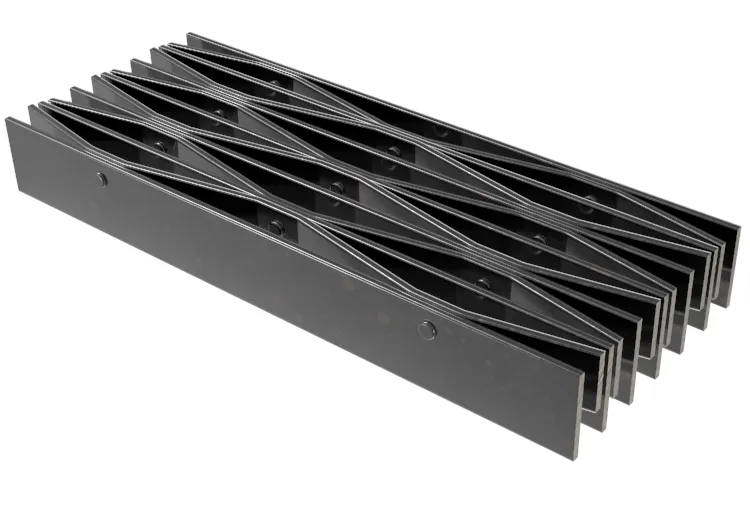- Industrial zone, South of Anping Town, Hengshui, Hebei, China.
- sales@hfpetromesh.com
- +86-18931809706
Applications and Benefits of Stainless Steel Grating in Industrial and Commercial Settings
The Versatility and Advantages of Stainless Steel Grating
Stainless steel grating is a highly versatile construction material that has gained significant popularity in various applications due to its durability, strength, and resistance to corrosion. Made from stainless steel, this type of grating provides exceptional performance in environments where exposure to moisture, chemicals, and other harsh conditions is a concern.
One of the primary benefits of stainless steel grating is its remarkable resistance to rust and corrosion. This property makes it an ideal choice for outdoor applications and in environments where the grating may come into contact with water, such as walkways and drainage covers. Unlike traditional steel grating, which can degrade over time when exposed to the elements, stainless steel maintains its integrity and appearance, ensuring a longer lifespan and lower maintenance costs.
Another advantage of stainless steel grating is its strength and load-bearing capacity. It is engineered to support heavy weights and withstand high-impact forces, which makes it suitable for industrial applications, such as in manufacturing plants, refineries, and warehouses. The robust structure of stainless steel grating ensures safety for both workers and equipment, as it can endure rigorous use without compromising its integrity.
Furthermore, stainless steel grating is highly customizable
. Manufacturers offer a variety of designs, sizes, and spacing options, allowing customers to select the specifications that best meet their needs. This adaptability is crucial for different applications, whether for pedestrian walkways, vehicle traffic areas, or even decorative purposes in architectural designs.stainless steel grating

Moreover, the aesthetic appeal of stainless steel grating cannot be overlooked. With its sleek, modern look, it can enhance the visual appeal of both functional and decorative applications. Used in shopping centers, parks, and public spaces, stainless steel grating can contribute to a contemporary architectural design while also serving its functional purpose.
Installation of stainless steel grating is straightforward, thanks to its lightweight nature compared to other metals. This ease of handling reduces labor costs and installation time, further adding to its appeal in construction projects. Additionally, the material's ability to withstand extreme conditions means that it requires minimal upkeep, allowing businesses to focus more on their operations than on maintenance tasks.
Environmental concerns have also led to an increased preference for stainless steel grating. As a recyclable material, stainless steel reduces waste and promotes sustainability within the construction industry. Using recycled stainless steel for grating manufacturing not only conserves resources but also minimizes the carbon footprint associated with new production.
In conclusion, stainless steel grating offers a plethora of advantages that make it an ideal choice for various applications. Its durability, resistance to corrosion, and load-bearing capabilities ensure its effectiveness in demanding environments. Coupled with its aesthetic qualities and sustainability benefits, stainless steel grating continues to be a preferred material in construction, architecture, and industrial sectors. As advancements in manufacturing technology evolve, the potential uses for stainless steel grating are likely to expand, solidifying its position as a vital component in modern design and infrastructure.
-
The Power of Pyramid Shaker Screen - A 3-Dimensional SolutionNewsOct.24,2024
-
Exploring the Versatility and Durability of Steel GratingNewsOct.24,2024
-
Revolutionizing Drilling Efficiency with Steel Frame Shaker Screens for Mud Shale ShakersNewsOct.24,2024
-
Potential of Shale Shaker ScreensNewsOct.24,2024
-
Offshore Pipeline Counterweight Welded Mesh - Reinforced Mesh in Marine EngineeringNewsOct.24,2024
-
Revolutionizing Offshore Pipeline Stability with Concrete Weight Coating MeshNewsOct.24,2024
